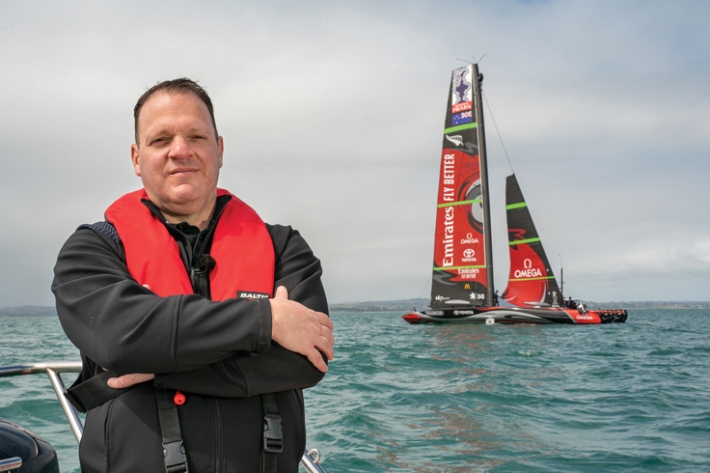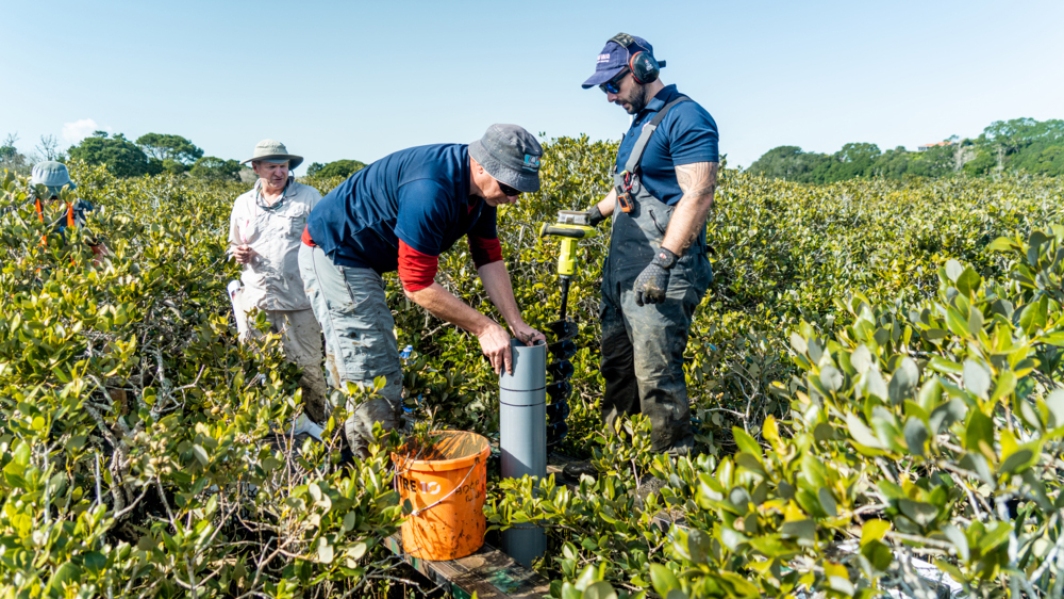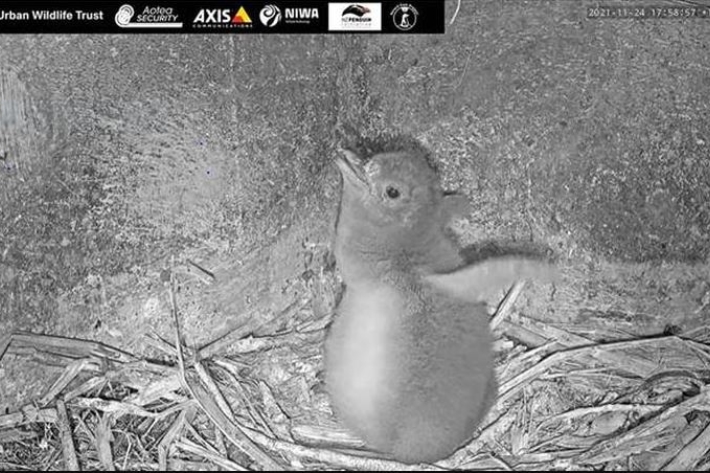-

How we won the 36th America’s Cup
News article19 December 2021Emirates Team New Zealand is known for their outstanding achievements on the world yacht racing stage and their drive for excellence in technical innovation. So how does a supercomputer become part of the team? -

Our seas are sizzling again
Media release30 November 2021Coastal sea temperatures around Aotearoa New Zealand have risen well above average, NIWA forecasters say. -
Dramatic first weeks for Wellington’s newly hatched kororā
Media release25 November 2021Two kororā chicks – also known as little blue penguins – have hatched in Wellington. They were born in a protective nest box in Evan’s Bay, set up by NIWA and Places for Penguins, in partnership with the Urban Wildlife Trust. -

Bottom lining for the control of submerged lake weeds
Bottom lining is the installation of a flexible covering over the top of beds of aquatic weeds, similar to using weed matting in home gardens. This control method is also called ‘benthic barriers’. -

Coastal flooding likely to be main driver for adaptation
Media release12 October 2021New NIWA-led research shows increasing flood risk is going to be what leads people to make changes to adapt to sea-level rise. -
Fabulous Fiordland showcased in new e-Guide
Media release05 October 2021With cascading waterfalls and native bush tumbling down mountainous terrain, Fiordland is one of the most eye-catching parts of the country. But peer beneath the waves and you'll see that Fiordland's marine invertebrate and seaweed communities are every bit as remarkable and awe-inspiring. -

Scientists, iwi investigate bringing back rock oyster industry
Media release28 September 2021A project is under way to determine whether Aotearoa New Zealand’s long defunct rock oyster industry can be revived. -

Supercharging the view from above
Feature story04 August 2021From the rocky shores of Wellington’s South Coast to the icy waters of Antarctica, NIWA scientists are combining drone technology with advanced computer skills to map, measure and analyse the natural environment as never before. Campbell Gardiner explains. -

New weapon in fight against invasive aquatic weeds
Media release20 July 2021A combination of artificial intelligence and scientific ingenuity looks set to be the next step forward in protecting Aotearoa New Zealand’s lakes and rivers from invasive aquatic weeds. -
Study discovers microplastics in New Zealand’s seabed
Media release16 July 2021A pilot study carried out by NIWA and the University of Auckland has found microplastics in samples collected from the seafloor in the Marlborough Sounds. -

Tsunami generated by underwater volcanoes
Research ProjectMarsden-funded research investigating how erupting volcanoes can cause deadly and damaging tsunamis. -

Explosive research sheds light on volcanic tsunami
Feature story07 July 2021Innovative experiments are giving natural hazard researchers and PhD students a close look at how erupting volcanoes can cause deadly and damaging tsunamis.



